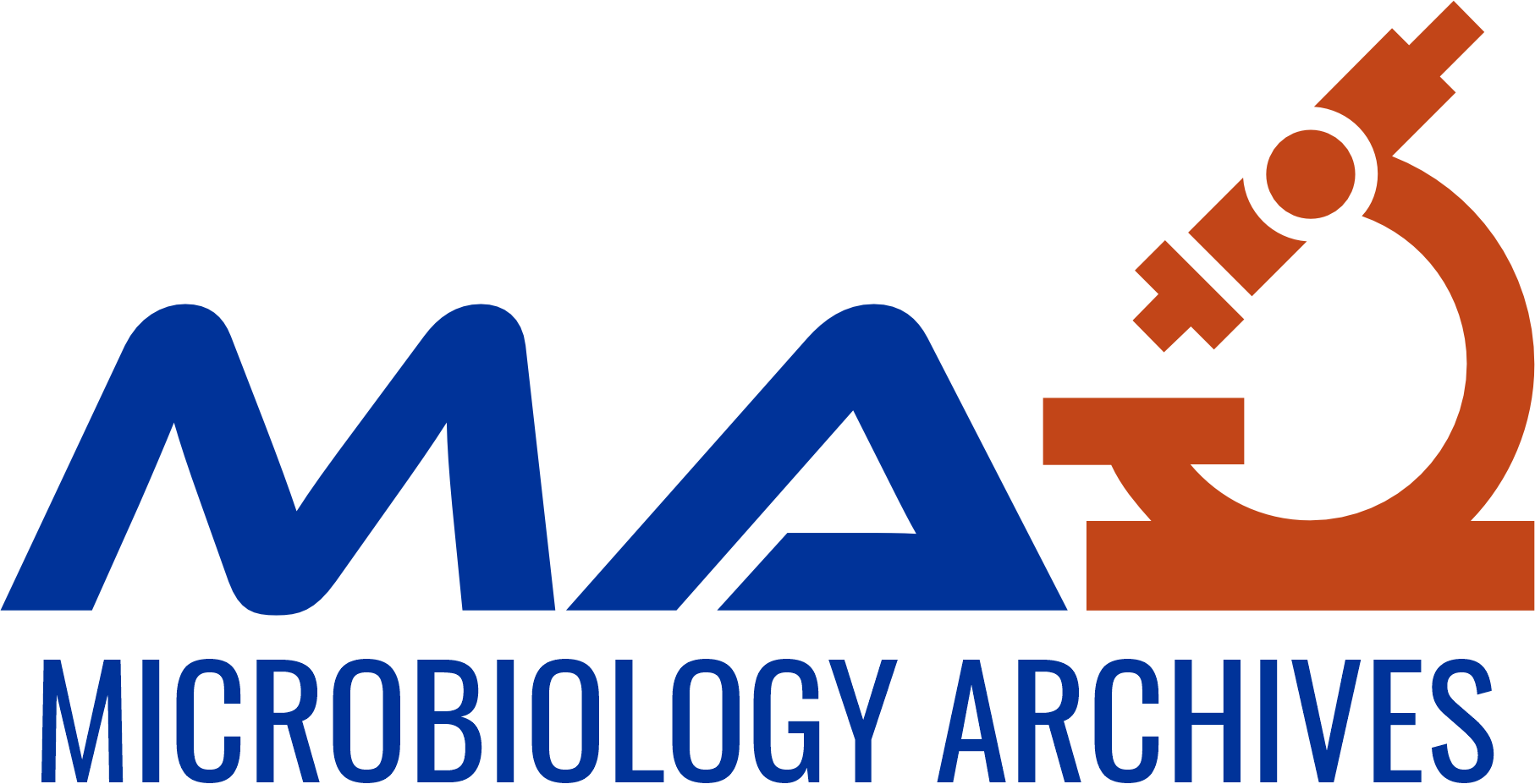Microbial carbon fixation plays a crucial role in mitigating atmospheric CO₂ levels by acting as a natural sink for carbon through diverse biochemical pathways such as the Calvin-Benson-Bassham cycle, the reductive TCA cycle, and the Wood-Ljungdahl pathway. These microbes, including cyanobacteria, chemoautotrophs, and certain archaea, utilize atmospheric CO₂ as a carbon source, converting it into organic compounds that sustain both microbial biomass and broader ecological food webs. Unlike terrestrial plants, many autotrophic microbes thrive in extreme environments such as oceans, hot springs, and deep-sea hydrothermal vents, vastly expanding the potential zones of CO₂ sequestration. Furthermore, microbial communities in oceanic photic zones contribute significantly to the global carbon cycle through photosynthetic carbon fixation, with marine cyanobacteria like Prochlorococcus and Synechococcus estimated to be responsible for a substantial fraction of global primary production. Advances in synthetic biology and bioengineering are now focusing on enhancing microbial carbon fixation rates for applications in carbon capture technologies and sustainable bioenergy production, positioning these microorganisms as vital tools in combating climate change and stabilizing atmospheric carbon levels.
